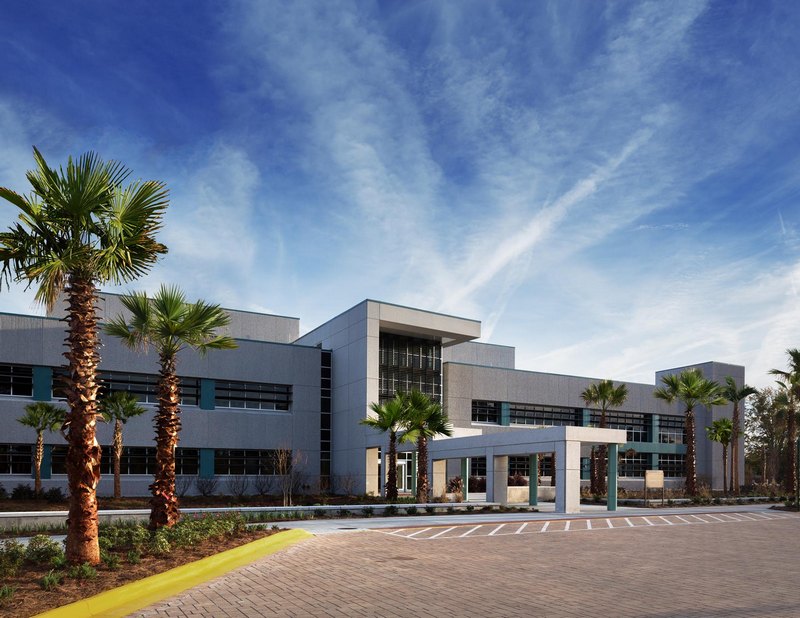ATLANTA, Ga. — The U.S. Army Corps of Engineers Savannah District recently celebrated the completion of Phase I of its two-phase addition and alteration project at the Winn Army Community Hospital, Fort Stewart, Ga. LEO A DALY is providing design services for both phases and McCarthy Building Companies is the general contractor.
The project, which is the first major expansion of the hospital since it opened more than three decades ago, will provide enhanced medical services for approximately 40,000 soldiers and active duty family members based at Fort Stewart, as well as an additional 15,000 patients expected due to Base Realignment and Closure and Grow the Army initiatives.
The project is divided into two phases with an overall project cost of $74 million. Phase I is a two-story, 65,000-square-foot medical clinic addition. The first floor houses musculoskeletal functions, including physical therapy, occupational therapy, orthopedics and podiatry. The second floor houses behavioral medicine and social work services. Phase I also includes a central utility plant expansion that serves the entire complex.
“Our work on this project is particularly rewarding because it’s helping soldiers and their families,” said Michael Svoboda, vice president and manager of the project for LEO A DALY. “And with its Evidence-Based Design and additions, this facility will continue to do so for the next 50 years.”
Phase II, which broke ground in March 2013, will comprise a two-story, 43,600-square-foot addition to the existing hospital, as well as 55,000 square feet of renovations. The addition will house a new emergency department on the first floor and services such as quality management, industrial hygiene, information systems and medical supplies on the second floor. The renovated spaces will include family medicine, internal medicine, pathology, pharmacy, patient records, urology, nutritional care, security, business and legal offices and a conference center. Completion of Phase II is anticipated in 2016.
The medical clinic features a number of elements that enhance the patient’s healing experience. A series of landscaped courtyards provides patients with a space for relaxation, meditation and occupational therapy for activities like gardening and exercising. A new central atrium takes in natural lighting from windows above and through the north-facing glass wall for the main interior walkway.
The hospital is designed to achieve LEED Silver certification and includes sustainable elements such as vegetative and highly reflective roofs, recycled materials, energy-efficient building systems and stormwater reduction systems that reduce the impact on the environment.
Photo Courtesy of Jim Roof Creative Photography





